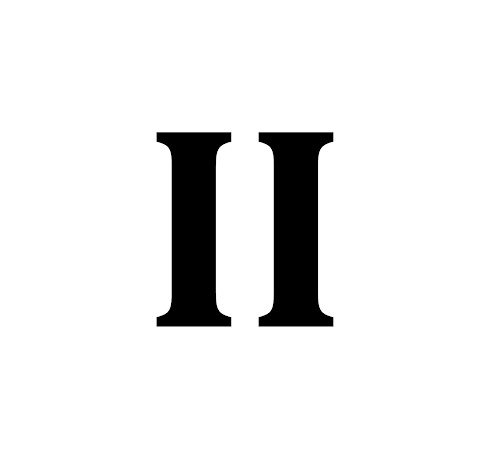31.5.10
Bibliomancy
...perhaps offers the most absurdly obvious solution.
p.12 Roland Barthes, A Lover's Discourse, Fragments, Vintage London, 2002
29.5.10
9.9 seconds
A piece of the blown out filament in an incandescent bulb has dropped from the slim antennae that held it and rests in the bottom of the clear glass droplet above the lettering.
Labels: chronometers, diagram, text
22.5.10
21.5.10
20.5.10
One thing leads to another - Everything is connected
Art on the Underground exhibition 14.05.10 - 10.06.10, City Hall, London
http://www.tfl.gov.uk/corporate/media/newscentre/15457.aspx
Labels: art on the underground, exhibitions, photography, publication, text, writing
15.5.10
12.5.10
9.5.10

> He says it was part of Hitler's Germania-Utopia called
> Güteraußenring (GAR).. Trains did roll over it, but only
> for a short time. Finally, with the construction of the
> wall, large areas of train tracks were taken away (to have
> free grounds for seeing and shooting potential escapees).
> But the bridge ruin remained, being used as
> a climbing-object (indicated by climbing hooks "made
> in USSR")
> There is another fragment nearby-
> which was not part of the GAR, but for a line transporting
> goods to the Schönefeld airport fabrication.
7.5.10
5.5.10
3.5.10
2.5.10
Minutes.

There is no direct image for a change in temperature but this begins immediately.
A few minutes must have elapsed.
A slim film has formed on the surface of the eyes, which softens the forms cast back in them.
At first, barely perceptibly, edges diffuse, colours become shallow.
Next positions of objects become indistinct, and space is erased into depthlessness.
The image is swallowed serenely in a nacreous bloom that takes its place.
The image is the nacreous sheen of the eye.
When a foreign body invades the flesh, the epithelial cells form an enclosing sac which secretes a crystalline substance that builds in layers. A soft tongue rasps around sediment and licks a fresh word into place.
Bones start soft, form first as flat membraneous layers of connective tissue fed with a sober flow of blood. Connective tissue cells slip, form an array between the layers and reinscribe themselves as bone-forming cells that siphon calcium from the blood and pack it slowly amongst the matrix of cartilage. Packed around the cartilage the bones take form, become spongy, then compact. They billow into arcs and planes that punctuate straps of dark red muscle with ossified white.
We had walked through the museum, pausing to watch maps of white bones strain against black wire, to watch onyx beads, meticulously glued beneath eyelids, reflect perimeter lines precisely
and hold striplights bowing on each steep meniscus.
Standing still, and not speaking, it was uncertain whether we were straining for signs of permanence or impermanence.






























